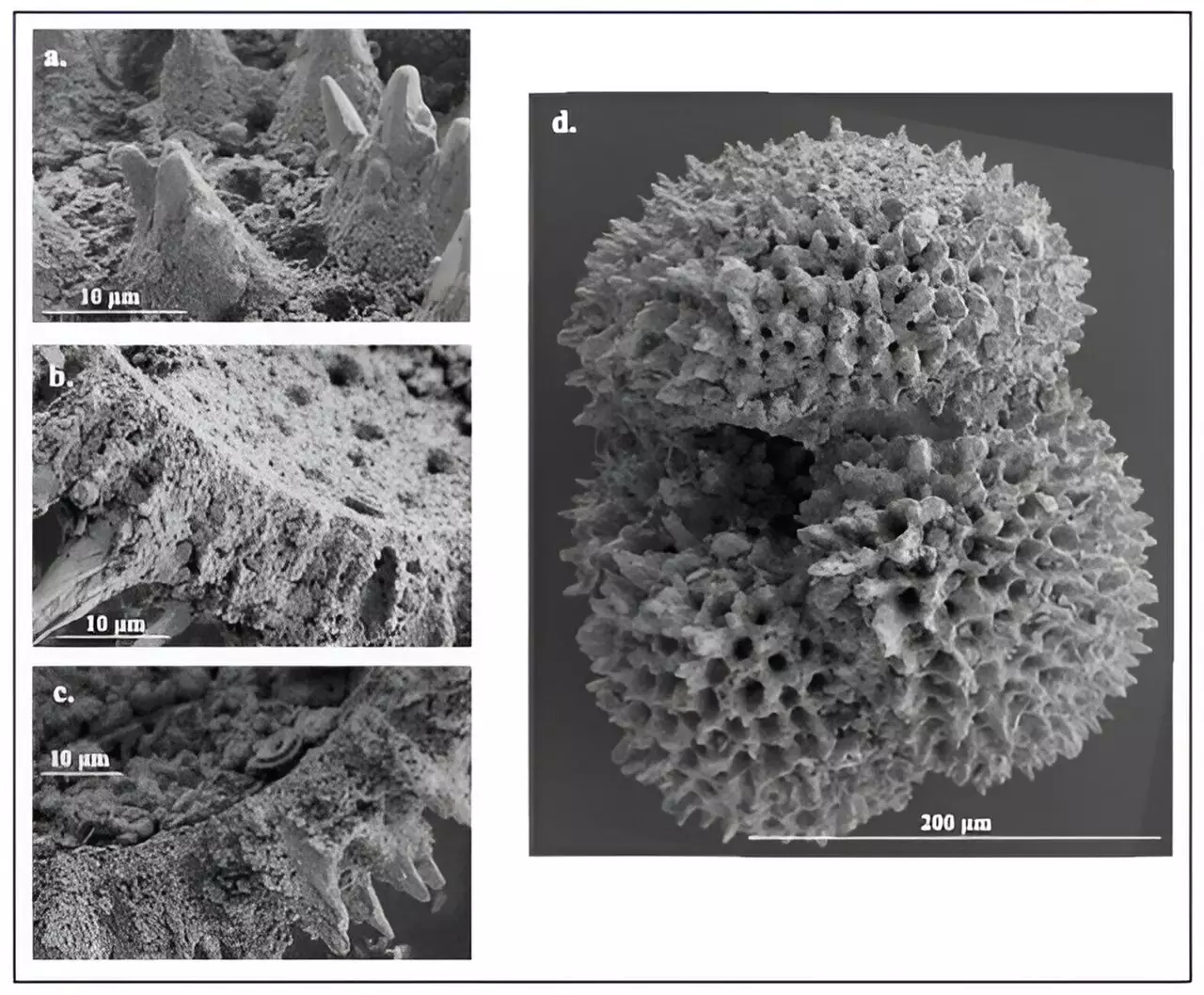The Paleocene-Eocene Thermal Maximum (PETM), occurring approximately 56 million years ago, alongside the Eocene Thermal Maximum 2 (ETM-2) around 54 million years ago, offers critical insights into how the Earth’s climate has responded to significant increases in atmospheric carbon dioxide (CO2). Recent investigations led by researchers from the University of Utah have encapsulated these ancient warming periods through meticulous analyses of both sea surface temperatures and CO2 levels, leveraging fossilized remains from microscopic oceanic organisms called foraminifera to reconstruct climatic conditions.
The period between the Paleocene and Eocene epochs marked extremes in climate, characterized by prolonged warming phases interspersed with sudden spikes in temperature known as hyperthermals. While these ancient climate shifts resulted from multiple factors, including tectonic activities and geological processes, the pivotal role of greenhouse gases cannot be overstated. The latest research indicates a striking correlation between rising CO2 levels and increasing global temperatures during these epochs.
Lead researcher Dustin Harper emphasizes the importance of understanding these global carbon release events, noting that investigating historical climatic phenomena may provide valuable analogs for anticipated future changes. The study’s findings serve as essential case studies for examining feedback mechanisms within the carbon cycle, shedding light on climate sensitivities that are vital for forecasting anthropogenic climate change.
The research team leveraged sophisticated statistical models to analyze drilling cores obtained from an underwater plateau in the North Pacific Ocean. By examining the chemical composition of foraminifera shells, the researchers could deduce sea surface temperatures and atmospheric CO2 levels over a six-million-year timespan encompassing the PETM and ETM-2. Utilizing the boron isotopes found in these microscopic fossils forms a basis for understanding past ocean conditions, revealing a pattern of sensitivity within the climate system to increasing CO2 concentrations.
Co-author Gabriel Bowen elaborates on these findings, explaining that while varying levels of climate sensitivity were observed during ancient events, common trends of warming in response to CO2 emissions emerged. This consistency across different scenarios reinforces the urgency of implementing measures to reduce greenhouse gas emissions, particularly since current rates of carbon release associated with human activity far exceed those observed during these climatic shifts.
The analogies drawn between the PETM and current climate scenarios are essential for contextualizing potential futures. The historical carbon emissions during these hyperthermal events, while comparable to projections for today’s anthropogenic activities, reveal a stark reality: carbon is being released at a pace four to ten times faster than during the ancient episodes. This rapid influx has severe implications for present-day environmental stability and climate patterns.
By scrutinizing what transpired during these ancient warm periods, scientists aim to establish scenarios that reflect potential outcomes for modern societies facing climate change. As noted by Harper, the ancient events serve as critical case studies for understanding environmental transformations in response to carbon release.
A pivotal aspect of the ongoing research focuses on quantifying past ocean and atmospheric responses to elevated CO2 levels. The absence of ice sheets at the poles during the PETM points to a radically different climate system, one that was not only warmer but also devoid of many of the ecosystems reliant on current climatic conditions. The findings underscore the need for a comprehensive understanding of how environmental systems adapt—or fail to adapt—to significant perturbations in carbon concentrations.
In their analyses, researchers retrieved sediment cores from specific oceanic locations known for their preservation of ancient climatic conditions. The Shatsky Rise, a submarine plateau, provided suitable sediment samples, as its position and geological nature maximize fossil preservation. The unique conditions allow geoscientists to compile a complete sequence of fossil records, which can be pivotal in understanding historical climate trends.
As we continue to grapple with the consequences of modern carbon emission patterns, understanding the intricacies of past climate events enables scientists to inform effective policy measures and climate action strategies. The parallels drawn from the PETM and ETM-2 emphasize the potential for severe ecological repercussions if current trends are left unchecked. The urgency of this research cannot be understated—it serves not only to illuminate the past but also to warn humanity of the possible futures that lie ahead if concerted efforts are not made to mitigate climate change. By paying heed to the lessons from Earth’s climatic history, we hold the key to shaping a more sustainable future.


Leave a Reply